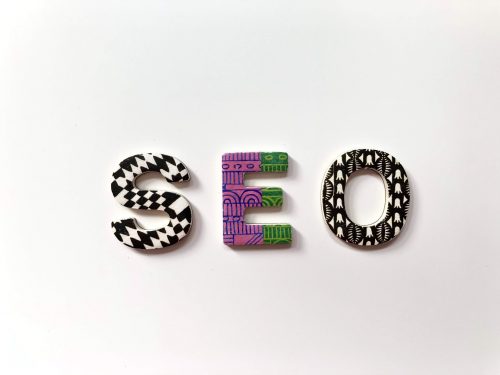Our tour through the magical world of search engine optimization now takes us behind the scenes
Hey everyone and welcome back! Last week’s blog topic was on what a website needs to be ranked well by Google. A top ranking on Google is a very precious commodity and is probably the reason why you are reading this blog in the first place. Many Google ranking factors deal with what happens behind the scenes of a website. Google put together its own guidelines for this, known as the ” Search Engine Optimization (SEO) Starter Guide”. We took the time to read through this guide and will boil it down for you in the next two blog entries. So, welcome to the theoretical part of our tour – technical SEO.
But what does technical SEO involve, anyway? Basically, all optimization techniques that make it easier for the search engine to access your site, so it can be crawled (gather structure and content) and indexed without problems, fall under this term. Technical SEO also deals with the fundamental optimization of a website and serves as a foundation for SEO, along with on-page and off-page optimizations. Here’s the formula for you to remember:
On-Page Optimization (Structure, Content, Metadata)
+
Off-Page Optimization (Inbound/Outbound Links, Mentions, Building of Trust)
+
Technical SEO
= Google Top Ranking
Now, let us begin with the theoretical part. The following are the most important technical SEO measures to be taken as we see it, right out of Google’s bestseller, the “Search Engine Optimization (SEO) Starter Guide”.
An Understandable URL
The URL, or the web address, is a specific address where a website can be visited. The URL is the first thing that jumps out at users after they click on the page in the search results. This is why Google requires an URL to be formulated and structured well. This involves separating words with a hyphen and choosing only important, descriptive keywords. The URL should try to be kept as short as possible and not exceed 10 main words. It’s also important to build a hierarchy using the keywords that allows the content structure to be easily recognized, telling users exactly what can be found at each level. In general, it’s helpful when choosing an URL to try to put yourself in your visitors’ shoes and ask yourself if you can immediately recognize what content should be found under a certain URL.
An Understandable Structure
A well-built structure is of utmost importance to help users easily navigate your site and hopefully spend a lot of time on it. If users spend a long time on your website, this sends a signal to Google that those searching for something have found what they wanted, which provides a positive ranking signal. A well-structured website makes for smooth and understandable surfing for visitors. Users shouldn’t have to click around too much to get where they want, and they should be able to navigate intuitively. It’s also helpful to not have too many subpages since Google crawlers find it difficult to recognize content that is buried too many levels deep. In order to give due justice to clarity, however, it is still paramount to create important and necessary subpages. Putting too much content on one page would lead to sensory overload and totally confuse site visitors. As always, it’s all about balance.
To be continued…












